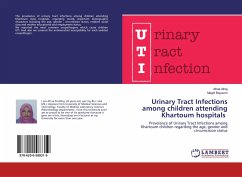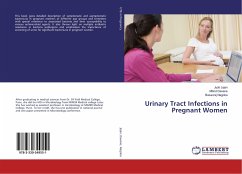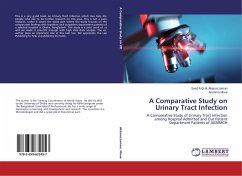Bacteria have a basic survival strategy: to colonize surfaces and grow as biofilm communities embedded in a gel-like polysaccharide matrix. The catheterized urinary tract provides ideal conditions for the development of enormous biofilm populations. This universal resistance of biofilm cells to antibacterial agents is of course clinically important, and has to be considered when instigating antibiotic therapy for symptomatic infections. Replacing the old, biofilm-laden catheters before antibiotic treatment is a sensible option. Treatment should then be based on the susceptibility of organisms that are isolated from urine aspirated from the new catheter, as samples collected from the old catheter can contain different species and greater numbers of organisms. This study underscores the pressing need for the development of antimicrobial urinary catheters and their deployment when longer durations of catheter access is required.








